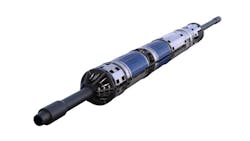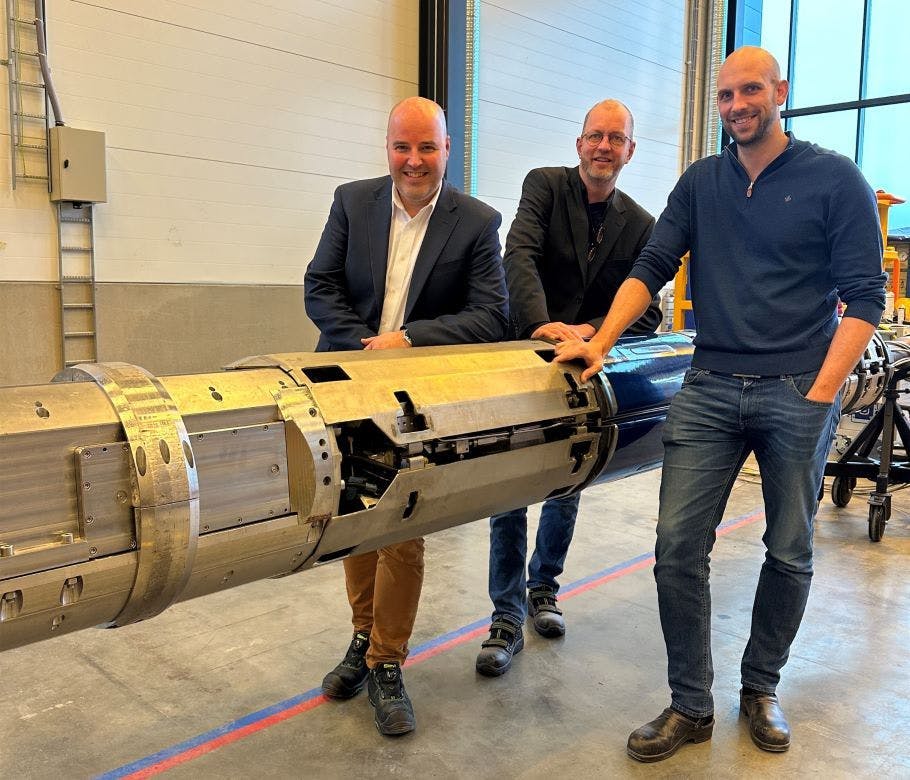Equinor orders ROCS for Irpa subsea well completion ops
Offshore staff
NOTODDEN, Norway — Equinor has commissioned Optime Subsea to supply two remotely operated control systems (ROCS) for development drilling at the Irpa gas field development in the Norwegian Sea.
It follows a recent order from Equinor for a ROCS for the Rosebank Field development west of Shetland.
The system eliminates the need for the umbilical, which connects the surface to the seabed for controlling the tubing hanger in subsea well completions, and the topside hydraulic control unit.
Benefits are said to include lower costs, a reduction in the deck space required for operations, less need for personnel in the red zone on the rig, and quicker installation and subsea well completion operations.
The company will manufacture the new equipment at its base in Notodden and deliver them to Equinor’s offshore base at Sandnessjøen in northern Norway in 2025. Equinor plans to use one ROCS for a well completion campaign at Irpa in 2026.
Irpa, ex-Asterix, is in a water depth of 1,350 m, 340 km offshore Bodø. It is being developed as a tie-in to the Aasta Hansteen FPSO.
When completing subsea wells, the tubing hanger is placed on top of the wellhead, acting as a seal toward the rest of the subsea well. The tubing hanger is typically controlled via a dedicated hydraulic umbilical housed in a 20- to 30-ft control container; during running, the umbilical is also clamped to the tubing for increased stability.
A ROCS remotely steers the controls unit toward the wellhead. It is mobilized in a single basket, prepared and made up onshore, allowing it to be ready to run immediately when offshore, from a rig, and avoiding mobilization of 50 metric tons or more of topside equipment, according to Optime.
03.21.2024

